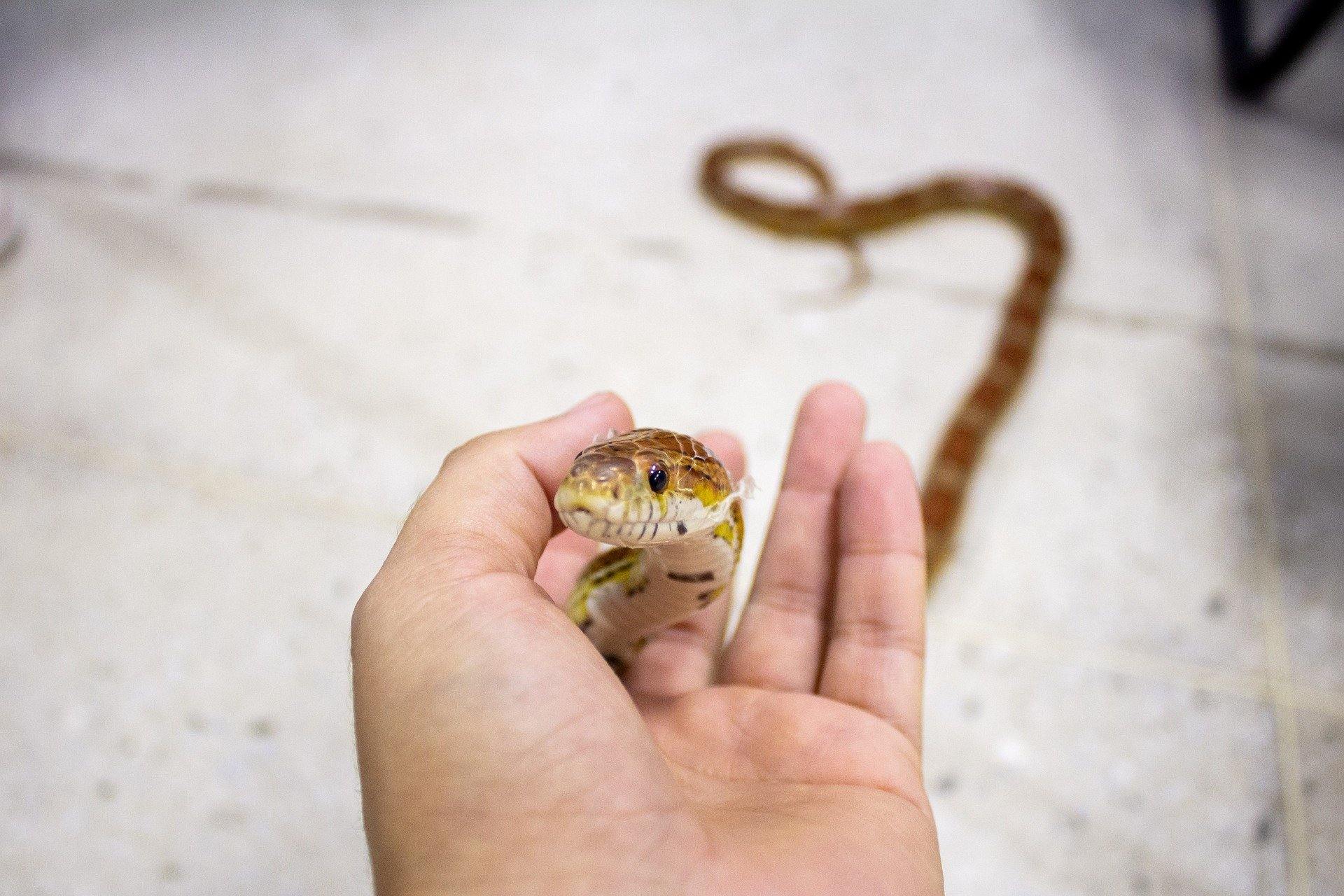Unlock the World of Reptiles: Snake for Sale Offerings
Unlock the World of Reptiles: Snake for Sale Offerings
Blog Article
Important Treatment Tips for Pet Dog Snakes: A Novice's Guide
As newbie reptile fanatics embark on the journey of caring for pet dog snakes, understanding the essential concepts of correct husbandry is critical. From choosing the ideal serpent species to creating an appropriate environment and keeping optimum environmental conditions, each step plays an important duty in cultivating a thriving relationship between owner and serpent.
Selecting the Right Snake Types
When choosing a snake varieties as a family pet, it is essential to consider variables such as care, size, and character needs. Size is an essential factor to consider as it straight influences the room needed for the serpent to grow easily.

Establishing the Ideal Enclosure
To develop an optimal living setting for your pet serpent, thorough focus to detail is called for when establishing the unit. The initial factor to consider is the dimension of the room, ensuring it provides ample space for your serpent to walk around and extend comfortably. A general general rule is to have a tank that goes to the very least as long as the snake's length and vast sufficient to permit various concealing places and a water bowl.
Substratum choice is important, as it not only impacts the looks of the room yet likewise plays a role in keeping proper moisture levels. Popular substratums include aspen shavings, cypress compost, and paper towels, each providing various benefits relying on the snake varieties and desired moisture levels.
Integrating a temperature level gradient is crucial for your snake's total health. Make use of heat lights, warmth pads, or ceramic heating units to develop a warm side and a cooler side within the room, permitting your snake to control its body temperature level as needed. In addition, providing appropriate lights, hiding areas, and climbing up branches will provide enrichment and excitement for your pet snake.
Offering Correct Heating and Illumination
Correct home heating and lighting are necessary parts in creating an appropriate environment for your pet dog snake. Snakes are ectothermic, implying they rely upon exterior sources of heat to control their body temperature level. To simulate their natural environment and ensure your snake's wellness, it is critical to provide an appropriate warm slope within the unit. This slope includes a warm basking spot at one end, maintained at around 85-90 ° F for many snake types, and a cooler area around 75-80 ° F at the other end to permit for thermoregulation.
For home heating, under-tank heating pads or heat tape are generally utilized to create a cozy area for your snake to bask. In addition, snakes require a regular light-dark cycle to preserve their circadian rhythm.
Remember to investigate the particular home heating and illumination requirements for your serpent species to give a healthy and balanced and comfortable setting for your animal. snake for sale.
Developing a Feeding Routine
Snakes have differing feeding frequencies based on their species, age, and dimension. Commonly, adult snakes are fed when every 1-2 weeks, while more youthful snakes may need even more constant meals.
When feeding your snake, go with suitably sized target items. The size of the victim must match the serpent's girth for proper digestion and to prevent regurgitation. Icy target things are recommended as they position less danger to your serpent contrasted to live target, which can injure the snake during feeding.

Handling and Socializing Your Snake
When dealing with and socializing your pet snake, it is important to approach with go right here care and regard for their natural behaviors and boundaries. Serpents are singular animals by nature and may not choose social communication like other animals. However, with constant and gentle handling, many serpents can end up being accustomed to human contact.
Before attempting to manage your snake, ensure that they fit and not in shed or digestion setting, as this can make them a lot more cranky. Approach your serpent comfortably and confidently, sustaining their body appropriately to make them feel safe and secure. Prevent sudden activities or loud noises that can shock them.
Start with see post brief handling sessions and slowly increase the moment as your serpent ends up being much more familiar with being held. Be observant anonymous of their body language - if they reveal signs of stress and anxiety like hissing, rapid tongue flicking, or curling firmly, it's ideal to put them back in their unit.
Keep in mind that not all serpents enjoy managing, and it's important to value your animal's choices. Regular, gentle communications can help develop trust and lessen stress for your snake, bring about a more favorable relationship between you both.
Final Thought
Finally, it is vital for newbie serpent owners to very carefully pick the best snake varieties, set up an appropriate unit, provide sufficient home heating and lights, develop a feeding routine, and handle their snake appropriately. Adhering to these care suggestions will make certain the health and happiness of the animal snake, developing a harmonious relationship between owner and reptile.
When choosing a snake types as a pet dog, it is crucial to think about elements such as personality, dimension, and treatment demands. Some serpents, like the Corn Snake, have a tendency to be tolerant and manageable of taking care of, making them excellent for those new to serpent ownership. Researching and understanding these demands details to the varieties you are taking into consideration is essential to provide proper treatment and guarantee the serpent's wellness. Typically, grown-up snakes are fed as soon as every 1-2 weeks, while younger snakes might require even more constant meals.

Report this page